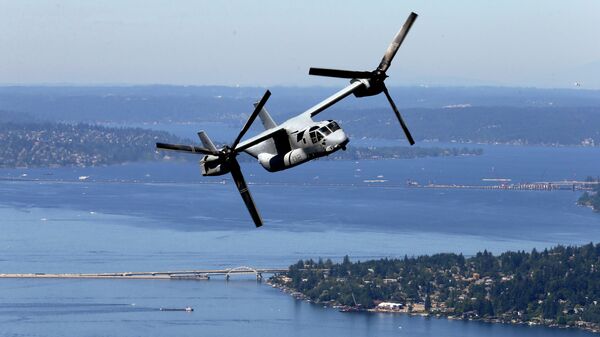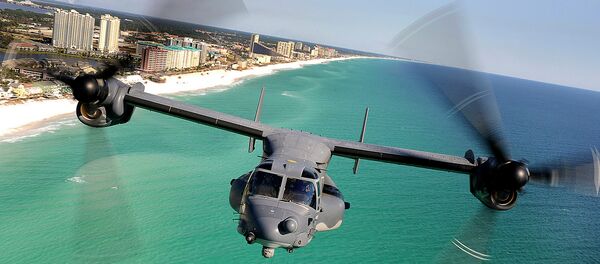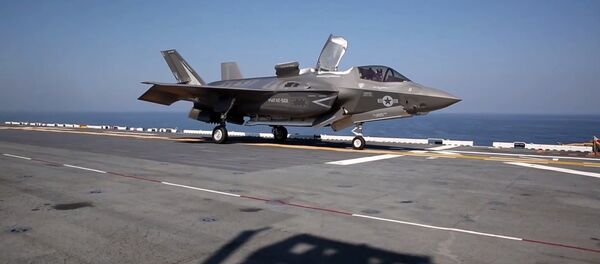The V-22 Osprey has had a number of setbacks. It has earned a reputation for being unsafe after a series of fatal crashes, most recently last month. Its price tag has also ballooned far past the original $2.5 billion estimate. By 2008, $27 billion had been spent on production, with another $27 billion still to go.
But the utility of a tiltrotor has pushed the Pentagon ever forward in its development program. The promise of an aircraft that can take off and land with the ease of a helicopter, but still reach the speeds of a plane, has proven too alluring to the Defense Department.
But the V-22’s size has left it out of favor with the US Army, the only military branch to opt out of the Osprey orders. The Army could, instead, build its own tiltrotor. Known as the V-280 Valor, it’s meant to be smaller and more versatile, and the prototype is now being constructed by Bell Helicopter.
Spearheaded by the Army as part of its Joint Multi-Role Technology Demonstrator (JMRTD) project, the Defense Department has set aside $100 million for V-280’s development. If the prototype works out, more money would be funneled in, and the Valor could replace the Army’s UH-60 Black Hawks and AH-64 Apaches.
However, the Valor will still be facing competition. As part of JMRTD, Sikorsky Aircraft Corp. and Boeing are developing a compound helicopter known as the SB>1 Defiant. While still in the design phase, the Defiant has also received $100 million to see which prototype will be more effective in promoting the Future Vertical Lift initiative.
"The tech demo is the key to understanding what the next generation of military rotorcraft could be for the rest of the century," American Helicopter Society Executive Director Michael Hirschberg told Breaking Defense.
It’s possible that neither aircraft will meet the Army’s standards, but given that its helicopter fleet is aging beyond repair, it will have to come to some kind of decision.
"We’re kind of in a period of vulnerability right now," said Maj. Gen. Michael Lundy, head of the Army’s aviation branch, according to Breaking Defense.
Both the Valor and Defiant prototypes are slated to be flight-ready by 2017, but even assuming one of the concepts meets muster, it would still be years before the defense companies could have operational models ready to replace the Army’s current helicopter fleet. Some estimates suggest the Army won’t be able to obtain a full brigade’s worth of new aircraft until as late as 2037.
Because of this, the CH-47 Chinook, which first entered service during the Vietnam War, won’t be retired until 2065.
"It’s going to be a 100-year aircraft because we don’t have a replacement," Lundy said.
So the Army desperately needs one of its new aircraft gambles to pay off. Hopefully development will run more smoothly than the Osprey’s, otherwise that battle-weary Chinook could be forced to fly a bit longer.





